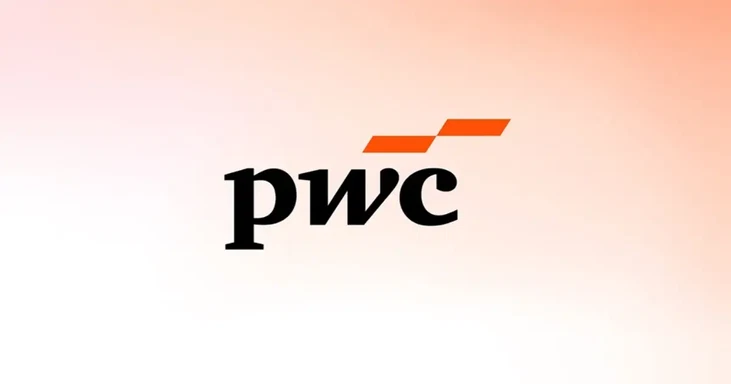
PwC: Gulf Homebuyers Willing to Spend 7% Extra on Eco-Friendly Homes
Published :
Last Updated :

Published :
Last Updated :
The Gulf housing market is experiencing a dramatic shift in sustainability from niche to necessity. The PwC’s recent survey in the Middle East indicated that a voluminous ratio of homebuyers in the United Arab Emirates and Saudi Arabia intend to buy properties with sustainable features. The reports also demonstrated how these buyers are prepared to pay a premium 7% price for the clear, sustainable integration.
This evolving consumer preference mirrors the surging awareness about climate resilience, energy-efficient characteristics, and long-term asset values among regional buyers. From policy makers to investors and developers, the message is explicit and appeals to stakeholders for more green design philosophies to command a measurable market advantage.
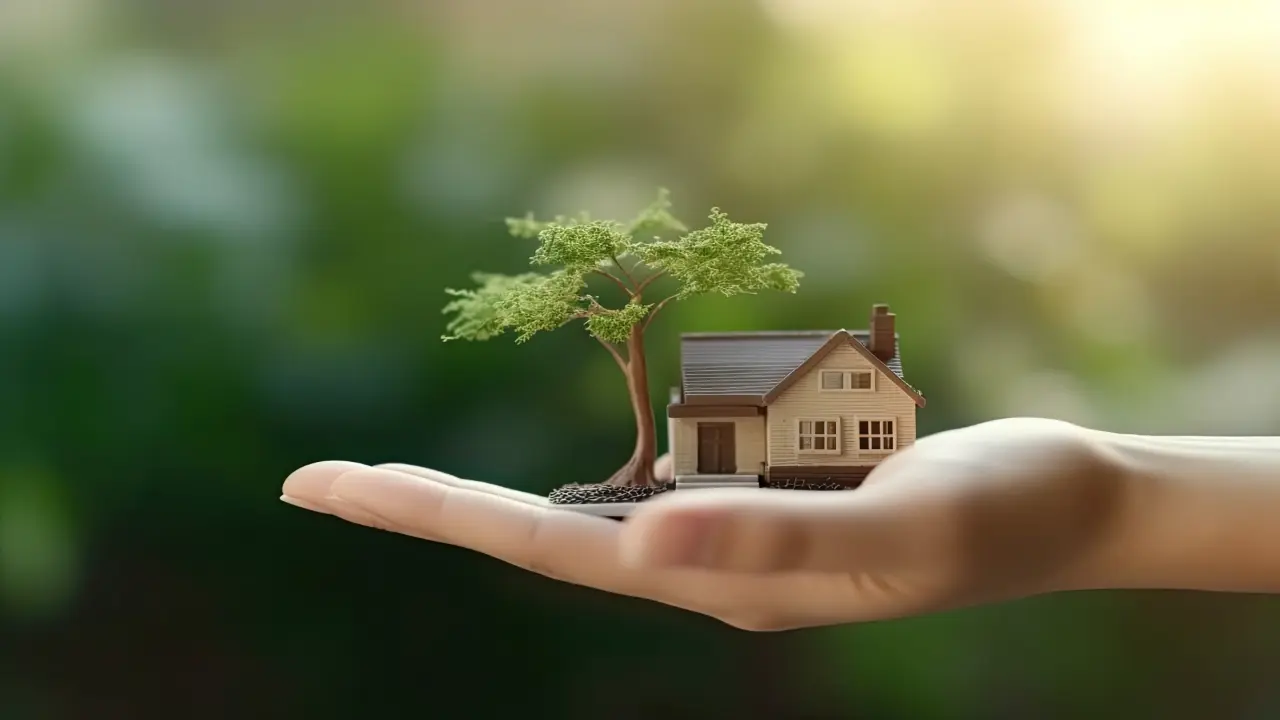
According to the investigation carried out by PwC Middle East and spearheaded by the Strategic& Middle East Ideation Center, some 2,400 prospective home-purchasers showed attraction towards green-build homes. The survey, conducted across the UAE and Saudi Arabia, also underscored how sustainability affects perceived value.
As per the survey result, most buyers are inclined towards paying on average 7% more for homes. This premium average can be levied on homes incorporated with climate-resilient elements, energy-saving measures, and visible green credentials.
Contrarily, conventional real estate lacking eco-friendly or modern measures encounters an approximate 4% discount. In the study, PwC also revealed that enhanced access to green finance will certainly increase willingness-to-pay substantially. This implies how green finance can be a critical lever for market transformation.
Environmental benefits (44%) and expectations of long-term value appreciation (43%) are among the top stimulators. With more buyers approaching sustainably-perfected homes, the demand is becoming not just a statement of values but an asset attributor.
This resultantly mitigates climate risks associated with flooding or heat and enhances resale appetite. These motives, when combined, transform buyer behavior from desirability to essentiality for mainstream properties.
Cost considerations are the key influence, as estimates found that 45% respondents prefer ongoing and energy cost savings when seeking a home for purchase. In blazing climates in Gulf regions, solar/daylight strategies, high-efficiency HVAC, and efficient building features ultimately result in low utility bills and enhanced occupants’ comfort.
Such benefits are visible on monthly statements, and factoring these in before property purchase can lead to long-term affordability.
One of the impactful findings in the reports features the consistently positive and amplifying power of green finance on corporate sustainability. In the survey, PwC found that improved access to preferential lending or green mortgages (green finance) can stimulate buyers’ inclination to pay roughly 9.6% more than a conventional property price.
This primary insight shows how financing solutions can both surge demand for sustainable units while making the premium more affordable. The smooth upfront costs over a mortgage term will indeed act as a central stimulator. Lenders will also benefit from portfolio resilience and new product differentiation when the verified efficient metrics are woven into underwriting.
According to PwC surveys, visibility matters and ultimately reduces buyer friction. For instance, properties showcasing clear evidence of measured performance, labelling, and third-party certifications experience high demand from buyers. In dynamic markets like Dubai, standardized credentials are leveraged to combat greenwashing.
These standards, whether internationally recognized ratings or categorized as regionally tailored schemes, foster trust and justify price premiums. Developers who embed certification into early design or blueprint benefit from fewer post-sales disputes and expeditious sales velocity.
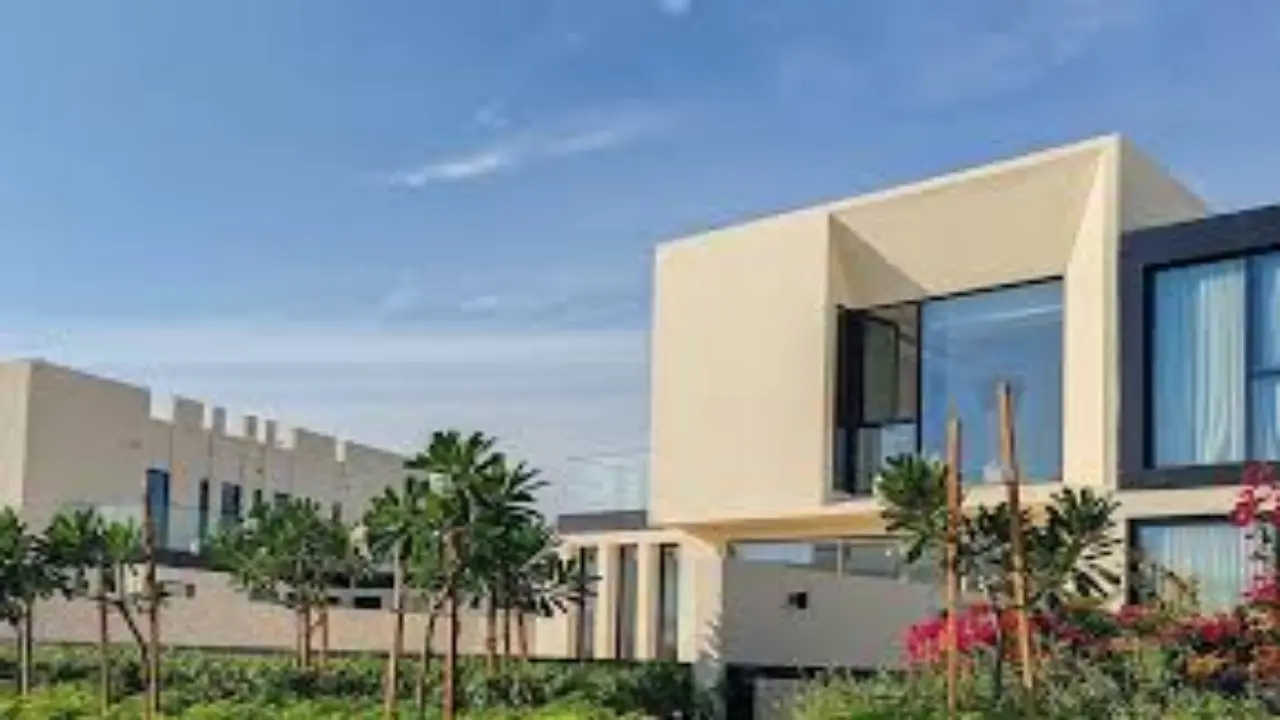
According to the reports, buyer profiles inclined towards green homes include:
These consumer profiles and their associated demands call on developers to release sustainable projects based on demographic preferences instead of utilizing a single template.
Several features that seamlessly drive buyer value include:
Additionally, landscaping and smart irrigation systems also hold significant value, specifically through food-resilient site grading.
As per the survey by PwC, continuous introduction of incentives and policy shifts will cement the baseline of green homes. In viewing this, most Gulf States are already on this path and have been tightening building codes. Moreover, various policy moves like the Net-Zero 2050 Strategy and the introduction of the Dubai Clean Energy Initiative 2050 reinforce buyer expectations and amplify market adoption.
Moreover, it is crucial to transparently disclose building energy performance and tax benefits for certified developments. Leveraging public-sector underwriting of green finance can also minimize green-washing, as well as result in a reduction of capital cost for sustainably-oriented projects.
While on one hand the 7% premium could make the housing market truly energy-efficient, the higher upfront costs, on the other hand, could risk a positive outcome. Such an expensive market will only be accessible to affluent buyers and high-net-worth individuals. Contrarily, budget-conscious households or lower-income buyers will remain in inefficient inventory and pay higher utility bills.
PwC highlights this concern and suggests the need for inclusive measures through green mortgage schemes. Such measures will expand the benefits of efficiency across a broader section of society.
Several studies indicate that green homes result in faster sales and lower holding costs. The utilization of LED lighting, rooftop readiness, and HVAC controls can shorten absorption times and improve returns on investments.
LEED-certified developments in Dubai generate rental premiums up to 9 percent, with rental yields floating between 6 and 8 percent. Furthermore, such developments are also witnessing higher capital appreciation, up to 12%.
PwC’s recent survey features an early report of the upcoming powerful market, which is deeply embedded in sustainability and green building characteristics. As the demand and awareness increase, sustainable housing with certification clarity will dominate the market.
The PwC Middle East’s conduct of an in-depth survey signals a market where sustainability is fast shifting from optional to essential. Buyers increasingly value measurable energy savings and resilience, with the willingness to pay a clear premium.
The report also highlights the growing need to maximize green finance for amplified demand and access. The implication for policymakers and developers is simple and requires integration of eco-friendly philosophies into the product’s core design. Inclusive finance and measurable policies will also play a critical role in ensuring broad access to green homes and improved urban livability.

Your gateway to offline planning in the digital realm. Discover a world of real estate opportunities through our immersive offline property website experience
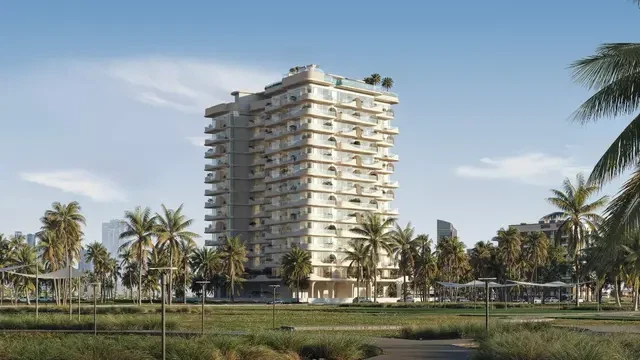
Apartments
Studios
AED 640,000
Dubai Land Residence Complex
Studio, 1, 2 & 3
440 - 1670 Sq Ft
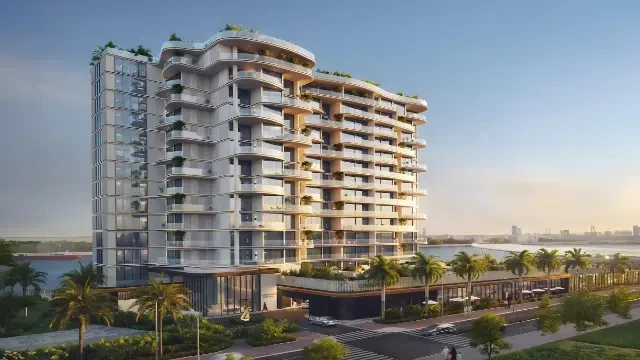
Apartments
AED 1,920,000
Dubai Islands
1, 2, 3 & 4
827 - 2536 Sq Ft

Apartments
Duplexes
AED 2,700,000
City Walk
1, 2, 3 & 4

Apartments
Penthouses
AED 2,200,000
Dubai Islands
1, 2 & 3
825 - 5,610 Sq Ft

Villas
Plots
AED 17,500,000
Dubai Hills Estate
5 & 6
12,917 - 25,913 Sq Ft
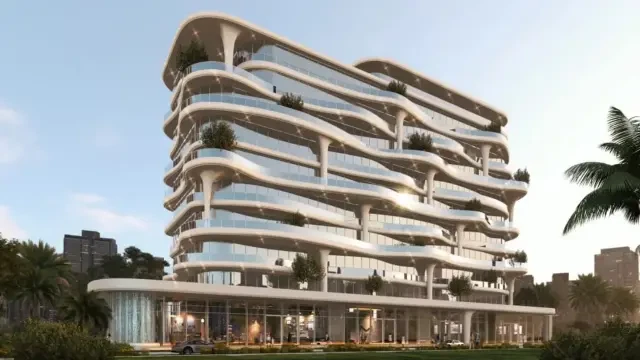
Apartments
AED 1,950,000
Meydan
1, 2 & 3
798 - 2,015 Sq Ft

Apartments
Studios
AED 640,000
Dubai Land Residence Complex
Studio, 1, 2 & 3
440 - 1670 Sq Ft

Apartments
AED 1,920,000
Dubai Islands
1, 2, 3 & 4
827 - 2536 Sq Ft

Apartments
Duplexes
AED 2,700,000
City Walk
1, 2, 3 & 4

Apartments
Duplexes
AED 2,800,000
City Walk
1, 2, 3 & 4
787 - 5920 Sq Ft

Apartments
AED Coming soon
Dubai Maritime City

Apartments
Penthouses
AED 2,200,000
Dubai Islands
1, 2 & 3
825 - 5,610 Sq Ft
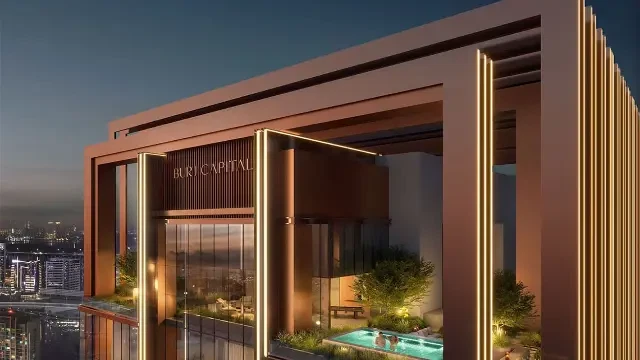
Commercial
AED Coming soon
Business Bay
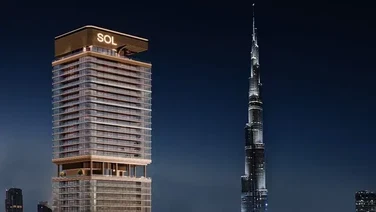
Apartments
Commercial
AED 1,900,000
Sheikh Zayed Road
1, 2 & 3
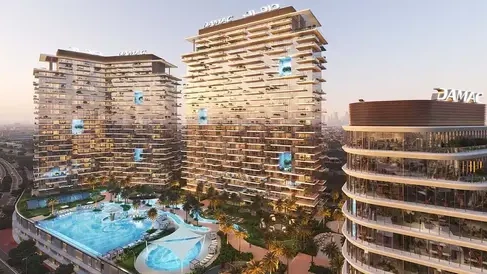
Apartments
Commercial
AED 1,142,000
Damac hills
1 & 2
740 - 6588 Sq Ft
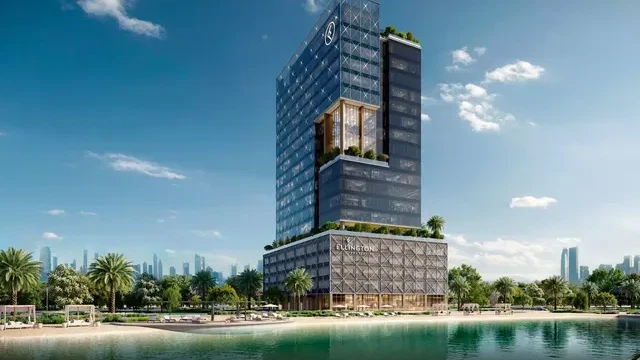
Commercial
AED Coming soon
Mohammed bin Rashid City

Apartments
Duplexes
AED 2,700,000
City Walk
1, 2, 3 & 4

Apartments
Duplexes
AED 2,800,000
City Walk
1, 2, 3 & 4
787 - 5920 Sq Ft
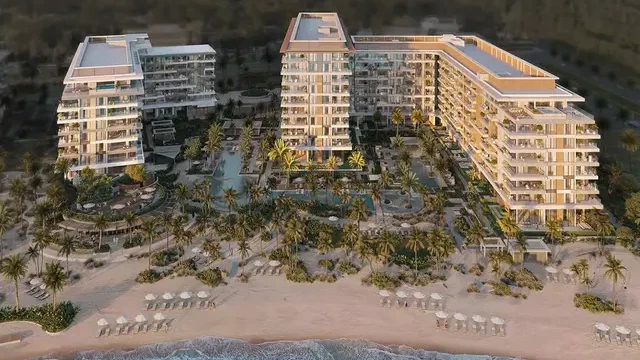
Apartments
Penthouses
Duplexes
AED 1,700,000
Dubai Islands
1, 2, 3 & 4
800 - 5964 Sq Ft

Apartments
Penthouses
Duplexes
AED Coming soon
Dubai Islands
1, 2, 3 & 4
800 - 5964 Sq Ft

Apartments
Townhouses
Duplexes
Studios
AED 800,000
Dubai Land Residence Complex
Studio, 1, 2, 3 & 4
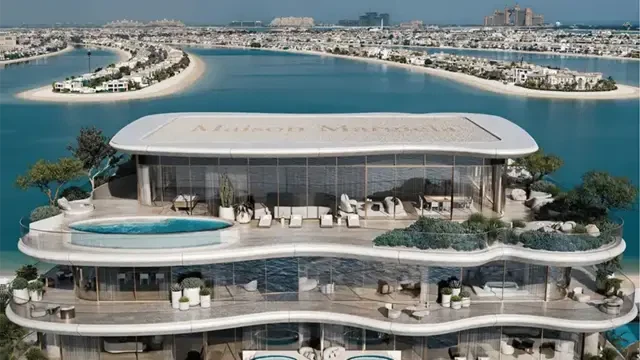
Apartments
Penthouses
Duplexes
AED 16,500,000
Palm Jumeirah
2, 3, 4 & 5
2572 - 18804
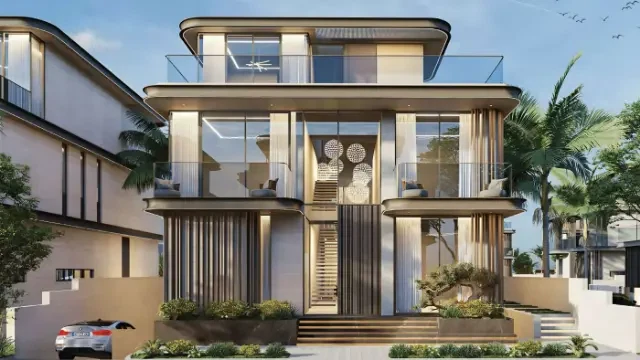
Villas
Mansions
AED 20,000,000
Mohammed bin Rashid City
5 & 6
13,007 - 13,568 Sq Ft

Villas
Mansions
AED 11,800,000
Jumeirah Golf Estates
4, 5 & 6
6069 - 10762 Sq Ft
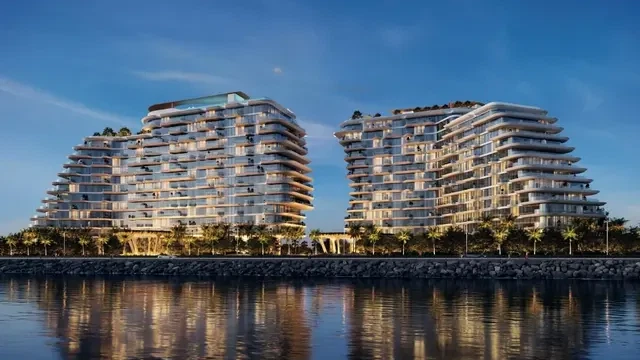
Apartments
Penthouses
Mansions
AED 5,500,000
Palm Jumeirah
1, 2, 3, 4, 5 & 6
940 - 11830 Sq Ft
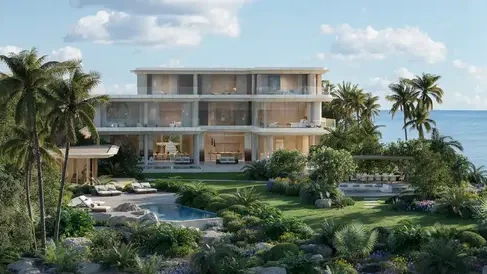
Mansions
AED 65,000,000
Jumeirah
7
41550 - 49062 Sq Ft
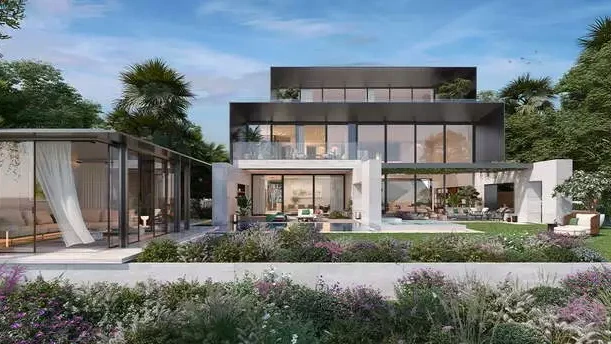
Mansions
AED Coming soon
Tilal Al Ghaf
6 & 7
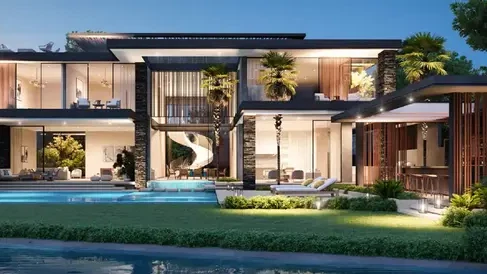
Mansions
AED Coming soon
Tilal Al Ghaf

Apartments
Penthouses
AED 2,200,000
Dubai Islands
1, 2 & 3
825 - 5,610 Sq Ft

Apartments
Penthouses
AED 1,900,000
Dubai Islands
1, 2 & 3

Apartments
Penthouses
AED Coming soon
Dubai Maritime City
1, 2 & 3

Apartments
Penthouses
Duplexes
AED Coming soon
Dubai Islands
1, 2, 3 & 4
800 - 5964 Sq Ft

Apartments
Penthouses
Duplexes
AED 1,700,000
Dubai Islands
1, 2, 3 & 4
800 - 5964 Sq Ft

Apartments
Penthouses
AED 2,370,000
Dubai Maritime City
1,. 2 & 3
778 - 5542 Sq Ft

Apartments
Studios
AED 640,000
Dubai Land Residence Complex
Studio, 1, 2 & 3
440 - 1670 Sq Ft

Apartments
Studios
AED 1,250,000
Dubai Internet City
studio & 1
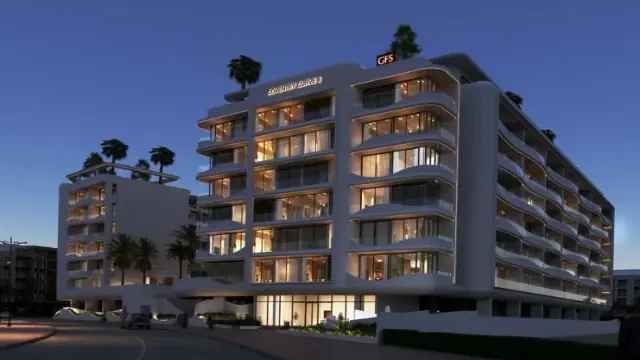
Apartments
Studios
AED 482,000
Dubai South
Studio & 1
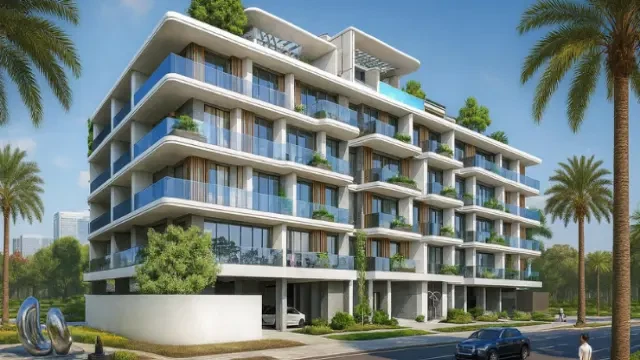
Apartments
Studios
AED 690,000
Dubai South
Studio, 1 & 2
525 - 1,013 Sq Ft
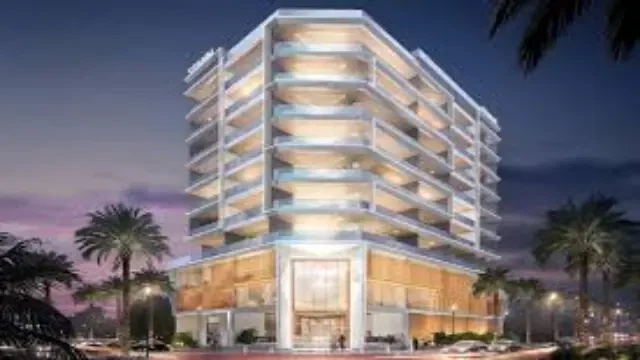
Apartments
Studios
AED 900,000
Jumeirah Garden City
Studio, 1 & 2
465 - 2,236 Sq Ft
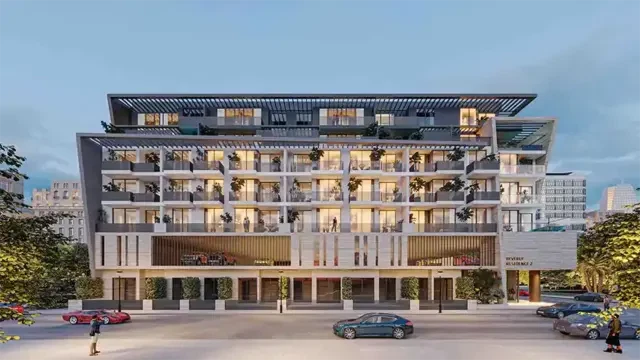
Apartments
Studios
AED 660,000
Jumeirah Village Circle
Studio, 1 & 2

Villas
Townhouses
AED 6,150,000
Nad Al Sheba
3, 4 & 5
3252 - 5650 Sq Ft

Villas
Townhouses
AED Coming soon
Dubai Investments Park

Apartments
Townhouses
Duplexes
Studios
AED 800,000
Dubai Land Residence Complex
Studio, 1, 2, 3 & 4
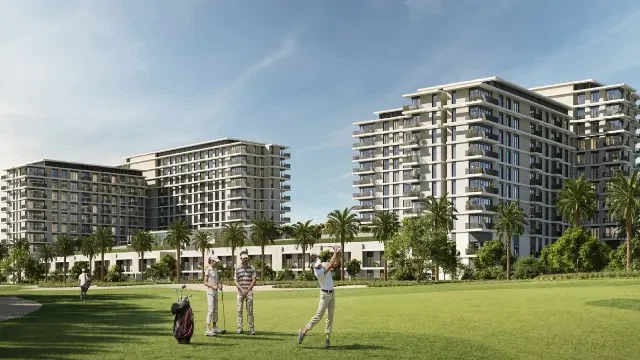
Apartments
Townhouses
AED 1,060,000
Emaar South
1, 2 & 3
671 - 3,081 Sq Ft

Townhouses
AED Coming soon
Damac Islands 2

Townhouses
AED Coming soon
Damac Islands 2

Villas
Plots
AED 17,500,000
Dubai Hills Estate
5 & 6
12,917 - 25,913 Sq Ft

Villas
Mansions
AED 20,000,000
Mohammed bin Rashid City
5 & 6
13,007 - 13,568 Sq Ft
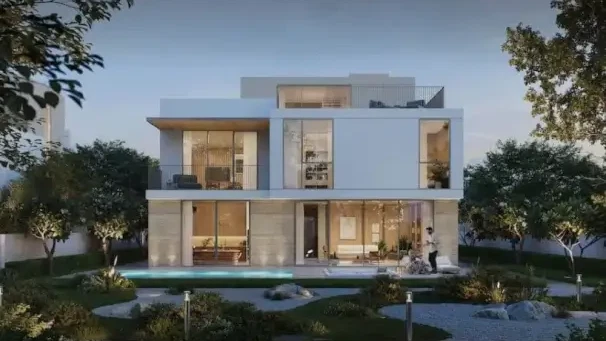
Villas
AED 7,090,000
The Valley
4 & 5
4345 - 7853 Sq Ft
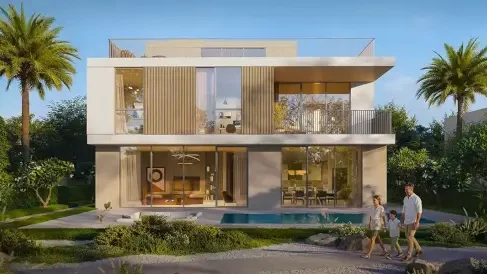
Villas
AED 7,300,000
The Valley
4 & 5
4346 - 7857 Sq Ft

Villas
Townhouses
AED 6,150,000
Nad Al Sheba
3, 4 & 5
3252 - 5650 Sq Ft

Villas
Townhouses
AED Coming soon
Dubai Investments Park
Subscribe to our Daily, Weekly and Monthly Newsletters, Expert Advice and Latest Launch with Zero Spam, Unsubscribe Anytime.